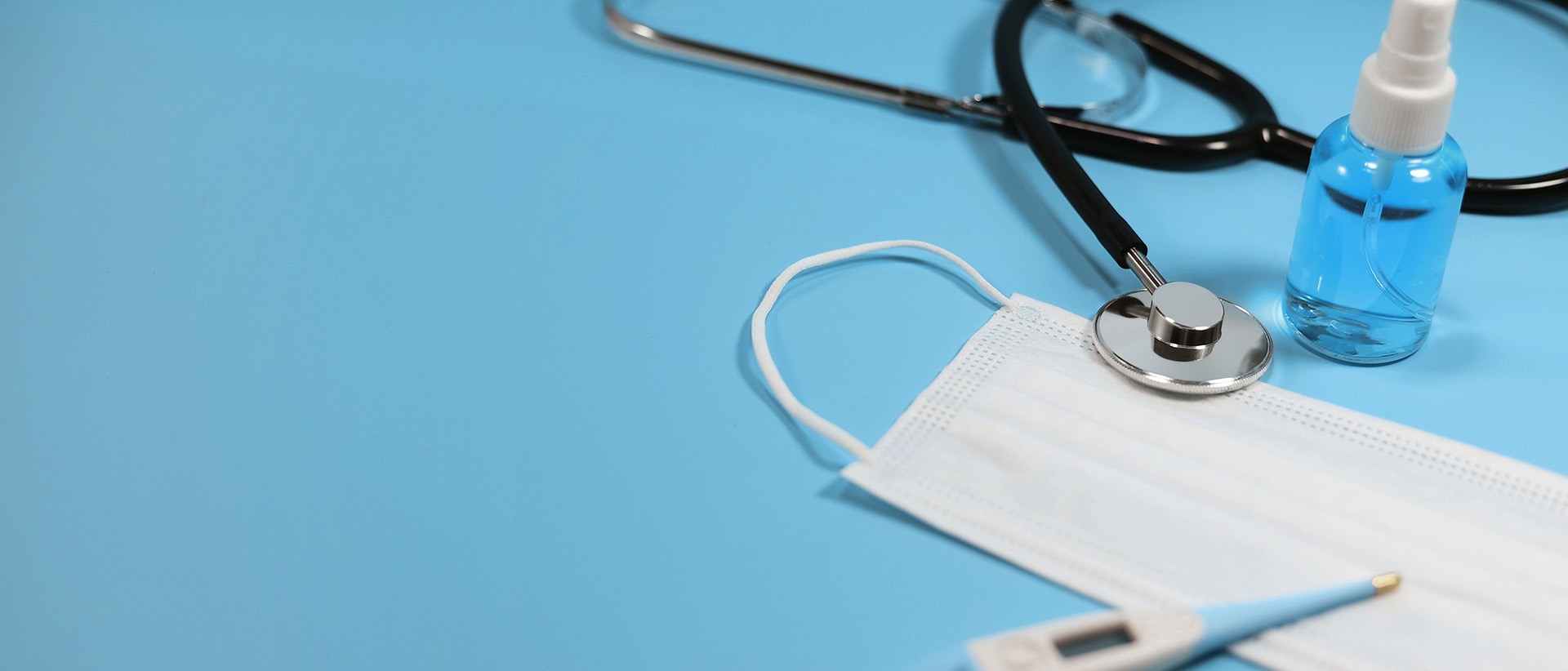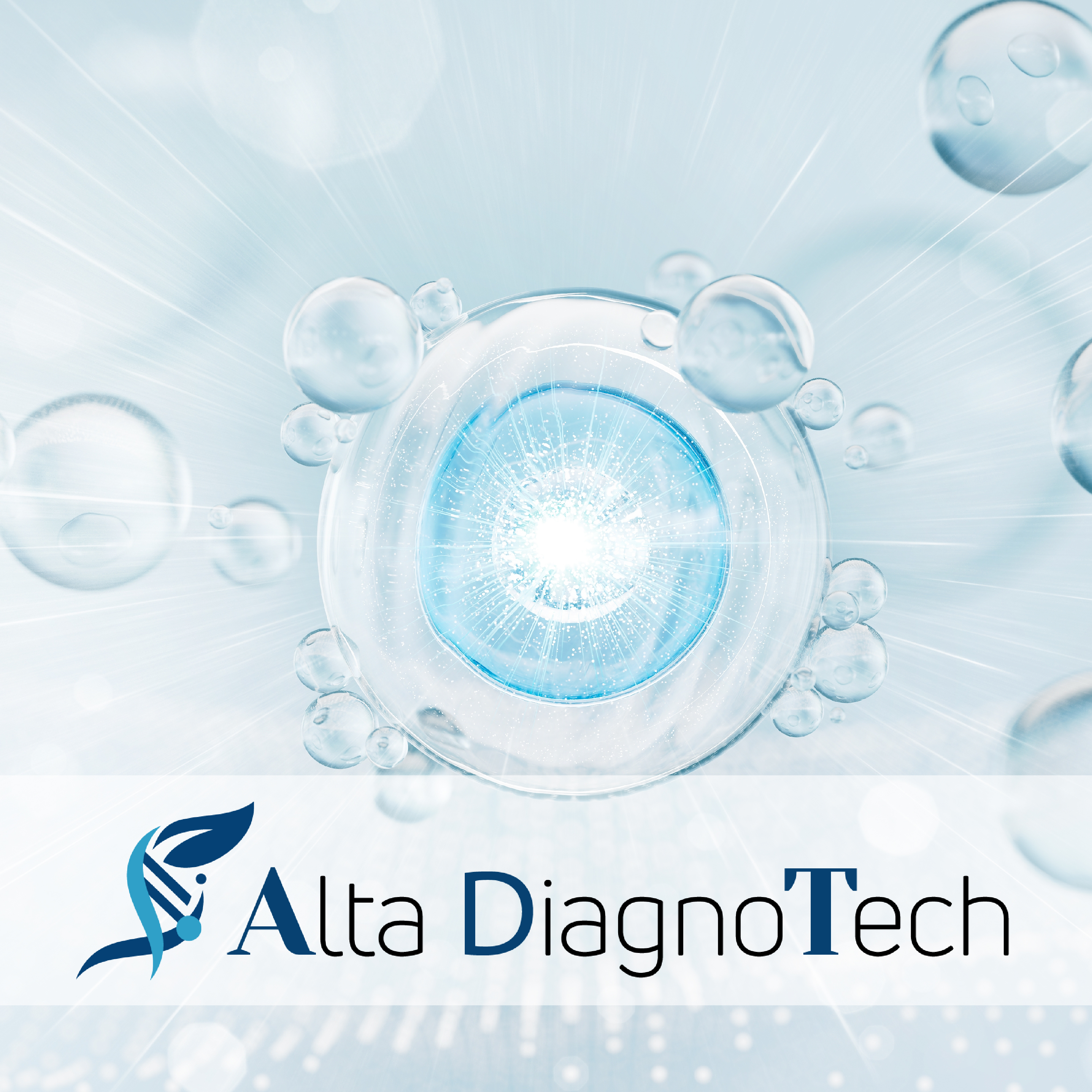In recent years, the global demand for rapid, accurate, and non-invasive diagnostic tools for detecting psychoactive substances (such as morphine, methamphetamine, and ketamine) has grown significantly. These substances pose severe threats to public health, workplace safety, and social order—from increasing rates of substance use disorders to rising incidents of impaired driving and workplace accidents. Traditional detection methods, such as urine or blood testing, often face limitations: urine testing requires invasive sample collection (which may raise privacy concerns) and longer processing times, while blood testing demands professional medical personnel and specialized equipment, making it unsuitable for on-site or rapid screening scenarios.
To address these gaps, the development of saliva-based in vitro diagnostic reagents has become a key focus in the diagnostic industry. Saliva samples offer unique advantages: they can be collected non-invasively, without the need for specialized training, and the collection process is quick (typically taking less than 2 minutes), minimizing user discomfort and reducing the risk of sample tampering. Additionally, saliva testing allows for the detection of recent substance use (usually within the past 24–48 hours), making it ideal for real-time screening in settings like workplaces, law enforcement checkpoints, and clinical preliminary assessments.
The Combination Reagent (Cat.No: GI-0093) is developed in response to this market need, leveraging the colloidal gold method—a well-established and widely validated technology in rapid diagnostic testing (RDT). The colloidal gold method is favored for its simplicity, speed, and high specificity: it uses gold nanoparticles conjugated to specific antibodies to bind target analytes (morphine, methamphetamine, ketamine) in saliva, producing visible test lines that can be interpreted with the naked eye. This technology eliminates the need for complex laboratory equipment, enabling on-site testing and delivering results in 5–10 minutes—critical for time-sensitive scenarios where immediate decisions (e.g., whether to conduct further confirmatory testing) are required.
Beyond basic detection, this reagent also supports public health initiatives: it serves as a cost-effective primary screening tool, helping healthcare providers, law enforcement agencies, and workplace safety teams triage cases efficiently. By reducing the number of samples that need to be sent for expensive confirmatory testing (e.g., gas chromatography-mass spectrometry, GC-MS), it lowers overall testing costs while maintaining high accuracy—aligning with global efforts to improve access to substance use monitoring tools.
Dual Compatibility with Saliva and Urine Samples: While primarily designed for human saliva (a non-invasive, easy-to-collect sample type), the reagent also supports urine sample testing, offering flexibility to meet diverse testing scenarios (e.g., saliva for on-site screening, urine for more comprehensive laboratory-based assessments).
Rapid Result Turnaround: Delivers qualitative test results within 5–10 minutes, significantly faster than traditional laboratory methods (which often take hours to days), enabling immediate decision-making in time-critical settings like roadside checks or workplace screenings.
Colloidal Gold Technology for High Reliability: Adopts the colloidal gold method, a mature RDT technology with proven specificity and sensitivity for morphine, methamphetamine, and ketamine. The visible test lines (clear color development) minimize interpretation errors, even for users with limited technical training.
Broad Operating Temperature Range: Can be stored and used at 2–30°C, eliminating the need for refrigeration during transportation or on-site use. This makes it suitable for use in diverse environments—from cold storage facilities to warm outdoor checkpoints.
User-Friendly Design for Minimal Training: Requires no specialized laboratory equipment or advanced technical skills. The test process involves simple steps (e.g., sample addition, incubation, result reading), allowing use by non-professionals (e.g., workplace safety officers, law enforcement personnel) after brief training.
Multi-Analyte Detection in a Single Test: Enables simultaneous qualitative detection of three high-priority psychoactive substances (morphine, methamphetamine, ketamine) in one test, eliminating the need to use multiple single-analyte reagents—saving time and reducing operational complexity.
Non-Invasive Sample Collection (for Saliva): Saliva samples can be collected without discomfort or privacy concerns, improving user compliance—critical for populations like employees, students, or individuals undergoing routine screenings who may be reluctant to provide urine or blood samples.
Cost-Effective Primary Screening: As a primary screening tool, it reduces reliance on expensive confirmatory methods (e.g., GC-MS). By accurately identifying negative samples upfront, it cuts down the number of samples requiring further testing, lowering overall testing costs for organizations.
Room-Temperature Transportation: Supports room-temperature transportation, reducing logistics costs and complexity (no need for cold chain shipping). This ensures product stability during delivery, even to remote areas with limited cold storage infrastructure.
High Specificity to Avoid False Positives: Undergoes rigorous quality control to ensure high specificity for the target analytes (morphine, methamphetamine, ketamine). This minimizes false positive results, reducing unnecessary follow-up testing and avoiding potential misdiagnoses or incorrect disciplinary actions.
Versatile Application Across Sectors: Suitable for multiple industries, including healthcare (clinical preliminary screening for substance use disorders), law enforcement (roadside impaired driving checks), and workplace safety (pre-employment or random employee screenings)—expanding its utility for diverse customer needs.
Long-Term Storage Stability: Maintains performance when stored at 2–30°C, with a stable shelf life (when stored as directed). This reduces waste from expired reagents and ensures organizations can maintain inventory without frequent restocking.



